We may receive a commission when you use our affiliate links. However, this does not impact our recommendations.
In the last installment I got to Chippendale furniture but I didn’t cover all the changes that took place. The cabriole leg was actually on its way out in terms of fashion (in England, at least). Chippendale included many designs for pieces with straight, or Marlboro, legs in his “Gentleman’s and Cabinetmaker’s Director”. Some had the entire face of the leg moulded while others were flat with a simple bead down the outside corner of the leg.
In this country, there are examples of chairs (and other pieces) with Marlboro legs, but the cabriole leg with ball & claw foot remained the most popular. The important thing to remember about the Marlboro leg is it leads straight (no pun in tended) into the next period – Hepplewhite.
Although English cabinetmaker, George Hepplewhite, died two years before his “Cabinet-maker and Upholsterer’s Guide” was published (and none of the designs can be directly traced to him nor are there any pieces directly linked to him or his shop) the period style that bears his name moves rapidly away from the complex, ornate rococo Chippendale designs. Hepplewhite furniture is essentially one half of what we call the Federal Period in this country.
How can this furniture comprise one half of a furniture period you ask? The answer is both simple and complex at the same time. In a gross way, furniture of the Federal period shares many common themes – inspired by Greek and Roman architecture, furniture and symbolism as well as a marked shift from the lush, realistic vegetation carvings of the Chippendale furniture. But there is also marked differences between Hepplewhite furniture and Sheraton furniture (the other half of the Federal period).
Hepplewhite furniture is primarily identified by its simplicity – incorporating tapered legs and inlay as adornment rather than copious amounts of carving. The Shakers made Hepplewhite furniture without the inlay (though that’s not all they made). You begin to see the neoclassical design sense take shape as craftsmen made chairs that had backs in the shape of shields with Grecian urns and other classical elements – kind of a pre-neoclassical movement if you will (remember, styles transition from one to another). The craftsmen of this period injected that sense of simplicity into many forms of furniture, not just chairs. They also included inlays, and other elements, that contained classical design bits too.
When we transition from Hepplewhite to Sheraton (the other half of the Federal period) there’s a greater inclusion of elements of Roman, Grecian and Egyptian elements. Instead of square, tapered legs we shift to the inclusion of turned, tapered legs. Reeding of the legs and other elements also enters the picture and more parts of the chairs are carved than in the Hepplewhite period.The carvings also begin to have a classical feel to them with the inclusion of swags, wheat sheaves, urns and lyres. As the Sheraton period progressed the inclusion of the Greek, Roman and Egyptian design elements intensified – leading us toward the Empire period.
There are lots of political and social reasons for the Empire period, but what you need to know is much of the design sense was being driven by Napoleon’s antics in Europe. What you’ll see in furniture of this era is very strong use of elements harkening back to the great empires of antiquity and beyond. Chair forms often took their cues directly from forms from the Egyptians and Romans. Whether carved, inlaid or painted, Greek key is a common decoration associated with this period.
The klismos, or saber-leg, chair came into fashion. The design was not created in the period but copied from ancient Greek paintings, drawings and art. They were often stylized containing elements from earlier and later time periods.
As we move from Empire to Victorian the trend to harkening back to other time periods continues. The entire period seems to be comprised of revivals as furniture makers were influenced by Gothic, Rococo and Renaissance designs (among others).
When I think of Victorian furniture I think primarily of the rococo revival stuff because it seems to have had the most staying power (followed pretty closely by Gothic). Unlike the Chippendale period, however, Victorian furniture was heavier in appearance and more lushly carved. Upholstered pieces were over-stuffed and plump in appearance. Much of the furniture shifted from being made at the bench to being made in production shops (assembly lines didn’t come into practice for some time but interchangeable parts had been around for years at this point).
The Victorian era lasted an extremely long time, covering from the 1830/40’s through the industrial revolution. The design sense began to change as the Arts & Crafts movement began. Again, none of these periods abruptly ended. Social and political ideologies slowly evolved and influenced the craftsmen building the furniture.
Fashion trends in furniture follow the mood and desires of the general population, but are generally lead by the rich and powerful. This series has only given the briefest (though you may not believe it) and most basic overview of the furniture styles. Hopefully, the series inspires you to ask questions and study in greater depth the whys and hows of furniture design and the changes that have taken place throughout history.
Here are some supplies and tools we find essential in our everyday work around the shop. We may receive a commission from sales referred by our links; however, we have carefully selected these products for their usefulness and quality.



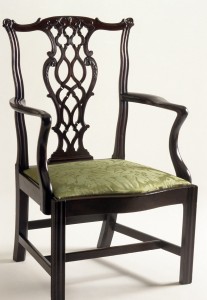
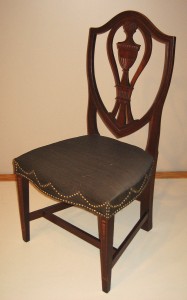
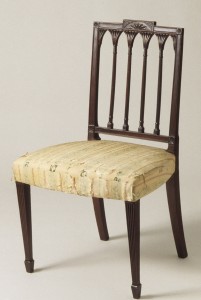
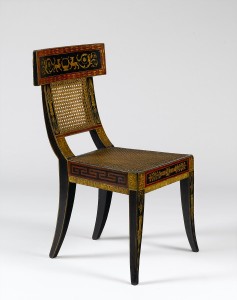
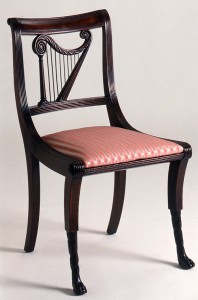
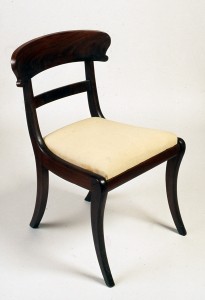
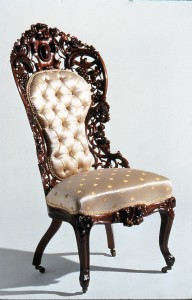





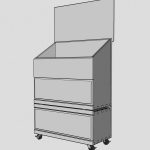
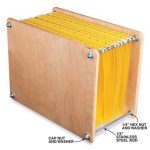
I am finding this series to be a great companion to Chris Schwartz’ ongoing “History of Wood” series. Sort of fills in the gaps for me.
Great information!
Great stuff, Chuck!
Keep the good stuff coming!
Chuck:
I love this series! However, if you want to inspire lively discussion, you have got to say something outrageous, blasphemous or scandalous. Make some throw away comment about how all furniture designed and built after 1666 (momentous year) is crap. Or that you think anyone who uses hand tools exclusively is a moron. Or that anyone who doesn’t fish dry flies, upstream only to rising trout is a troglodyte. Or that anyone who waters down their scotch with ice is a buffoon. Any of these will start a great conversation, online or at the most refined dinner event.
Best,
Robert
Will you be starting a new series for our Wednesday mornings? This one was very enjoyable.